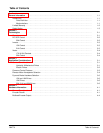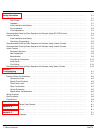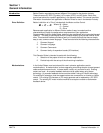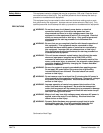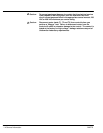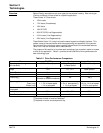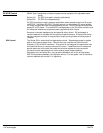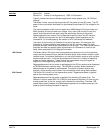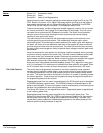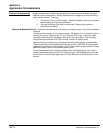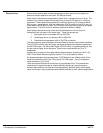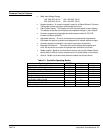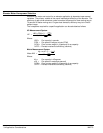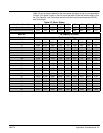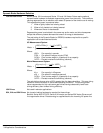
Technologies 2-3MN770
Inverter Series 15H Inverter
Series 21H Inverter (Line Regenerative) IEEE-519 Compliant
Typically Inverters are used in elevator applications where speeds up to 150 FPM are
required.
The Baldor inverter converts the three phase AC line power to fixed DC power. The DC
power is then pulse width modulated into synthesized three phase AC line voltage for the
motor.
The rated horsepower of the control is based on a NEMA design B four pole motor and
60Hz operation at nominal rated input voltage. If any other type of motor is used, the
control should be sized to the motor using the rated output current of the control.
Speed regulation of an Inverter Drive is dependant upon the slip of the AC induction
motor. Typically this regulation will be 3% of base speed. Speed regulation can be
increased to 1% of base speed by the addition of a DC tachometer for feedback.
The output of the inverter is a Sinewave of current to the motor. The more pure the
Sinewave is, the less additional heat produced in the AC induction motor. If a motor
produces less heat, more torque is available to drive the load. The PWM control method
produces less heat and gives a better approximation of a Sinewave of current to the
motor when compared to a Six-Step type of inverter.
15H Control The Baldor Series 15H control may be programmed to operate in one of four operating
zones; standard constant torque, standard variable torque, quiet constant torque or quiet
variable torque. For elevator applications, only the quiet constant torque or quiet variable
torque modes are used. It can also be configured to function in a number of operating
modes for custom operation. These choices are programmed using the keypad as
explained in the programming section of this manual.
Regenerated power from the motor is applied back to the DC bus and must be dissipated
by REGEN Hardware (resistive load). The REGEN (or dynamic brake) hardware is
selected based on the power to be dissipated. The amount of power, duration and
frequency of the braking must be taken into consideration when sizing these resistors.
21H Control The Series 21H Inverter is a line regenerative control. Regenerated power is applied
back to the incoming power lines.
Regenerated power from the motor is applied to the incoming AC power lines. The
Series 21H control meets IEEE 519 (1992) for total harmonic distortion. By returning the
excess power back to the line, energy use is reduced for the building. The lower THD
causes fewer power problems for sophisticated equipment on the same power grid. No
external dynamic braking hardware is required.



